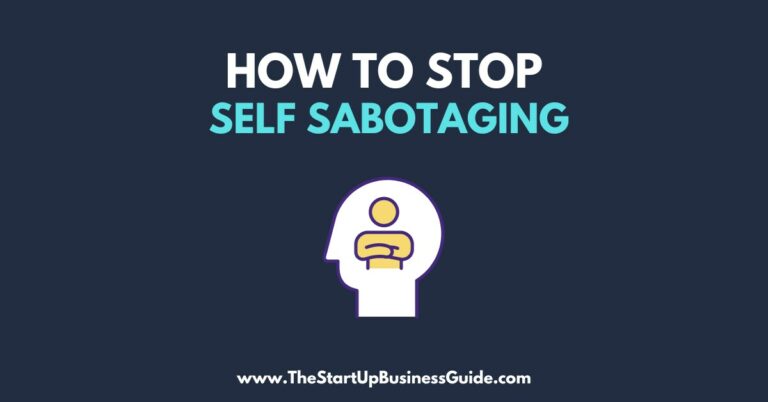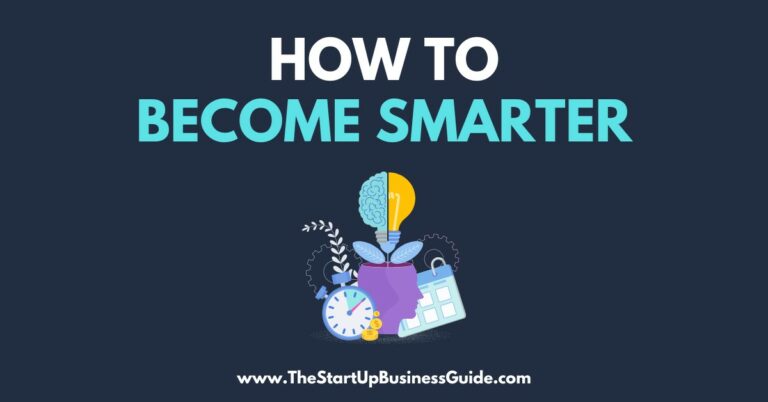How to Write a Promotional Letter

A promotional letter is a marketing strategy that businesses use to inform customers about new products or services, sales, and special promotions.
The purpose of a promotional letter is to persuade the recipient to take action, such as making a purchase or signing up for a service.
The main benefits of using a promotional letter as a marketing strategy are that it is cost-effective and allows businesses to directly target their audience.
Promotional letters can be sent to a specific group of customers, such as those who have made a purchase in the past, or to a wider audience through mailing lists.
Planning Your Letter
Before writing a promotional letter, it is important to identify your target audience and tailor the letter to them.
This means understanding their needs and interests and how your product or service can meet those needs.
The key elements that should be included in the letter are a clear call to action, persuasive language, and a sense of urgency.
The call to action should be specific and easy to follow, such as “Call us today to make an appointment” or “Visit our website to take advantage of our limited-time sale.”
Persuasive language should be used to highlight the benefits of your product or service and create a sense of urgency by including a deadline or limited-time offer.
Writing the Letter
When writing a promotional letter, it is important to have a compelling subject line and opening sentence.
These are the first things that the recipient will see and will determine whether they continue reading the letter.
The subject line should be clear and concise, and the opening sentence should grab the reader’s attention and make them want to continue reading.
It is also important to use a professional tone when writing the letter.
Avoid using jargon or technical terms that the recipient may not understand.
Instead, use simple language and explain any technical terms that are necessary.
Examples of strong, persuasive language and phrases to use in the letter include “Limited-time offer,” “Exclusive deal,” and “Don’t miss out.”
These phrases create a sense of urgency and encourage the recipient to take action.
Designing the Letter
The design of the letter is just as important as the content.
A visually pleasing design will complement the letter’s content and make it more engaging for the recipient.
When choosing a font, it is important to choose a font that is easy to read and professional.
Sans-serif fonts, such as Arial or Helvetica, are a good choice for promotional letters because they are easy to read on both digital and print.
The layout of the letter should be clear and easy to follow. Use headings, bullet points, and white space to make the letter easy to read.
Effective design elements to include in the letter are images and infographics. These can help to break up the text and make the letter more engaging.
Sending the Letter
There are several methods of distributing a promotional letter, such as mailing, emailing, or hand-delivering.
Each method has its own advantages and disadvantages, and the choice will depend on your target audience and budget.
Mailing is a cost-effective way to reach a wide audience, but it can take longer for the letter to reach the recipient.
Emailing is a fast and efficient way to reach a large number of recipients, but it is important to consider the likelihood that the email will be marked as spam.
Hand-delivering the letter is a personal touch and can be more effective, but it may not be practical for large businesses.
It is also important to optimize the letter for different distribution methods.
For example, if the letter is being sent by email, it should be optimized for mobile devices and include a clear call to action that can be easily clicked on.
If the letter is being mailed, it should be visually appealing and include a clear and concise message to make sure that the recipient will open and read it.
After sending the letter, it is important to follow up with recipients.
This can be done through phone calls, email, or in-person visits.
Following up allows you to gauge the effectiveness of the letter and make any necessary adjustments for future campaigns.
Conclusion
In summary, a promotional letter is an effective marketing strategy that allows businesses to directly target their audience and persuade them to take action.
The key elements of a successful promotional letter include identifying your target audience, creating a sense of urgency, using a professional tone, and a visually pleasing design.
Sending the letter through the right method, such as mailing, emailing or hand-delivering, and following up with recipients can also increase the effectiveness of the letter.
We hope that this post has provided you with valuable information and inspiration for creating your own promotional letter.
For further reading or support, additional resources can be found online or through professional business writing and consulting services.






